To glue or not to glue? Let’s talk about choosing the right glue for making flowers
You can now buy the glue that has been specifically developed for making flowers. To find out more about this glue click here >>>>>
I receive a lot of emails with questions on different aspects of flower making. One of such burning questions is about choosing the right glue for making flowers with either fabric or leather.
I am not sure if I have mentioned this, but Japan is the country where the craft of making artificial flowers has truly blossomed into a real art. Therefore, there are all sorts of supplies available to those who decide to take it up ranging from various industrially prestiffened fabrics to special dyes and brushes, wires, stamens etc. etc. not to mention the oh-so-important glue.
 Whilst it is easy and enjoyable to work with authentic materials, it is not always achievable. None of us live in Japan so we must find a replacement that we could purchase in our own country if we want to make good quality fabric flowers.
Whilst it is easy and enjoyable to work with authentic materials, it is not always achievable. None of us live in Japan so we must find a replacement that we could purchase in our own country if we want to make good quality fabric flowers.
I live and work in Britain but I will try to offer alternatives that are going to be widely available (hopefully) as well as explain to you what you should look for.
In case if you were wondering I only work with PVA white glue. I never use any superglue or a hot glue gun in my works, although I know that other artists do use them. For the flowers made using the principles of the Japanese school 2 types of PVA glue are recommended. They are called soft and hard.
Soft glue is slightly less thick and takes longer to dry. It is used for gluing parts onto the backing allowing us enough tine to do that.
Hard glue is used for assembling jobs. You will particularly appreciate it when assembling large multipetal roses. Although very tacky and quick drying it still gives us time to reposition petals if we are not entirely satisfied with the way they have been assembled.

It is really thick and can is ideal for assembling flowers. It dries quickly and becomes clear once dry.

As for the soft PVA glue there are several options available. For those of you who are in the UK, I would recommend to check out the tacky PVA glue from Hobbycraft (click here to go to their website)
Another option is PVA based fabric or wood glues which can also be used in flower making.
Also, have a look at this trial pack of tacky fabric glues by Aleene’s which look very promising.
By all means remember that both soft and hard glues are very thick and steer clear from stationary PVA glue that is meant to glue paper and card. Those are usually too runny for the job we do and can be very messy to work with.
I hope you have found this article useful and it will help you choose the right glue to work with.
Should you wish to receive answers to your questions, more in-depth information on how to make flowers out of fabric and leather as well as get discounts on our pdf and video tutorials please feel free to sign up for our updates here

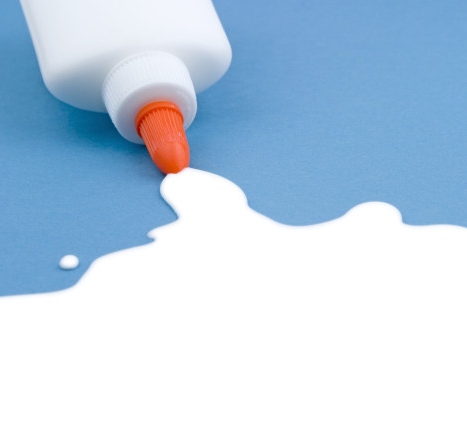
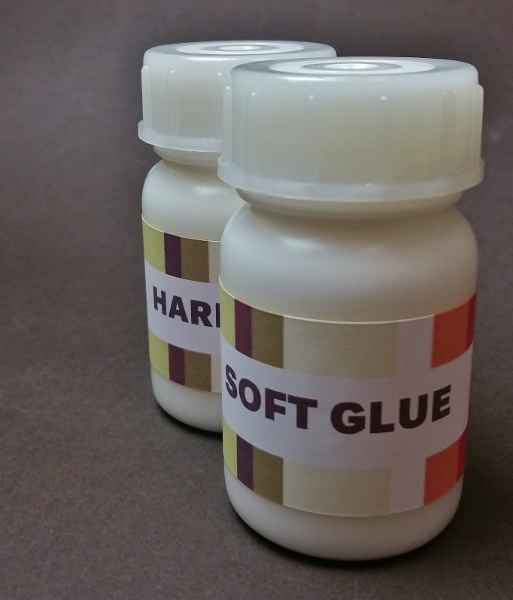
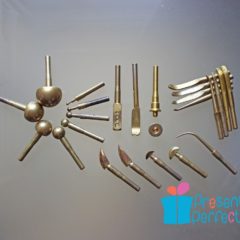
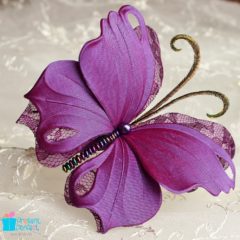
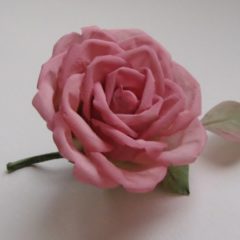
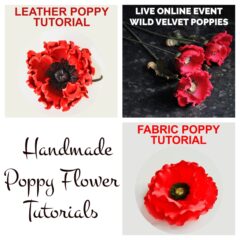
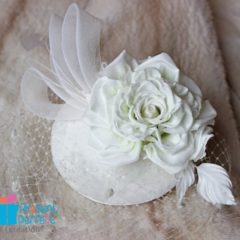
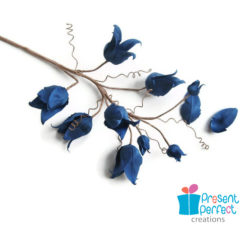
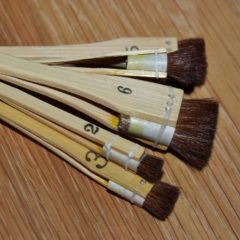
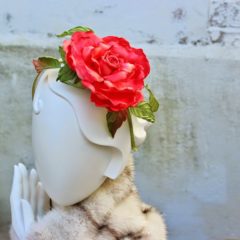
DS
I made some flowers using the glues from Aleene’s pack 3 years ago, now I look at those flowers and the parts with glue are bright yellow! Horrible, I even sold some of them, I feel very bad. Trying to find safe alternatives.. guessing PH neutral PVA is probably the best bet. I can not find anywhere if japanese glues are PH neutral.
Svetlana Faulkner
Hello and thank you for your comment.
There can be several reasons for the fabric to go yellow. Could the bright sunlight have caused it? Perhaps there have been a reaction between the stiffener in the fabric and the glue? Obviously the glue itself could have caused it.
I have flowers that were made 5-8-9 years ago, there are no signs of any yellow glue on them as far as I can see.
Hope this helps.
KR
Svetlana